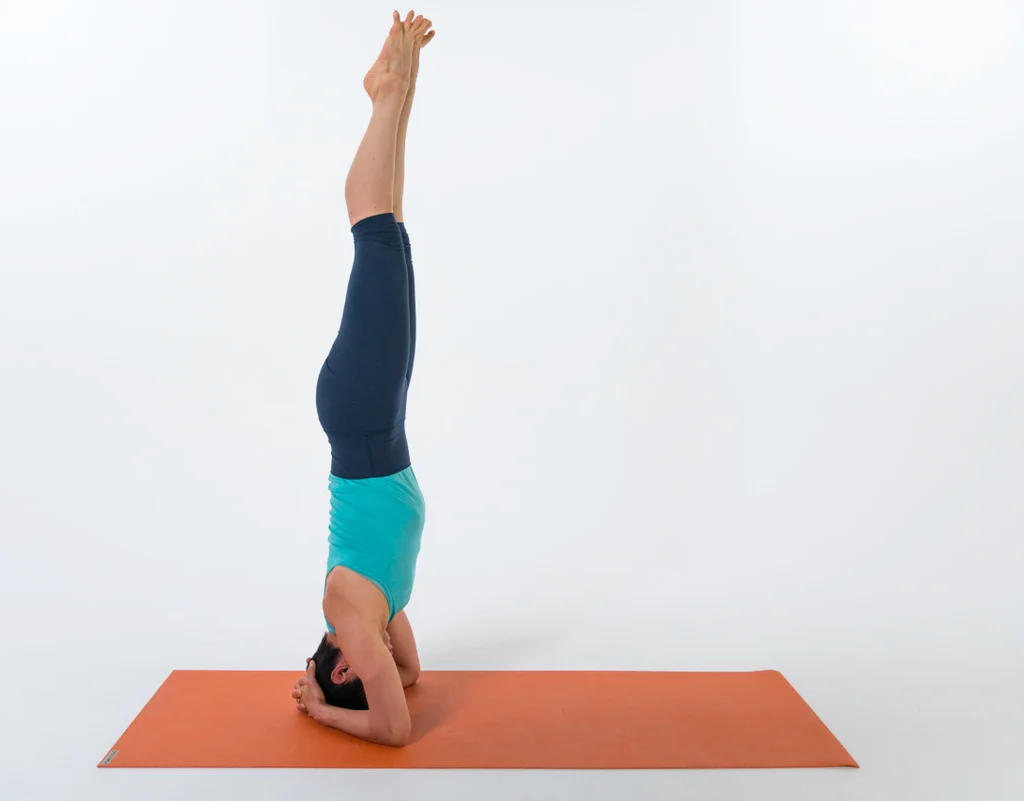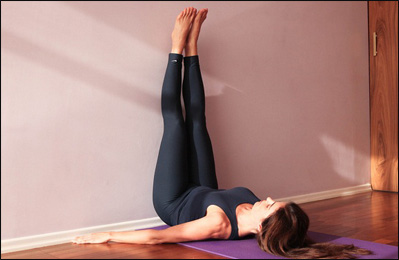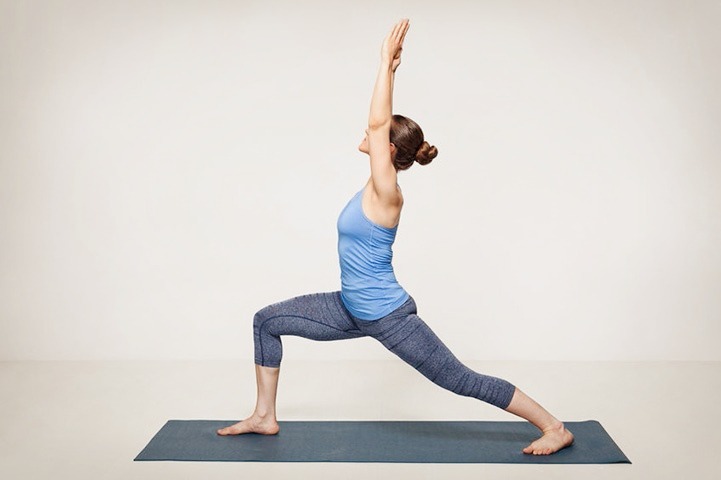Unlocking your inner strength is a powerful thing. The practice of yoga has been around for centuries, offering individuals the opportunity to find strength, balance, and peace within. One of the most popular poses of yoga is the pigeon pose.
In this step-by-step guide, we’ll explore the many benefits of the pigeon pose and how this asana can help you unlock your inner strength. From the proper breathing techniques to the physical and mental benefits, you’ll be well on your way to a new-found strength and balance in no time. Let’s read more about it.
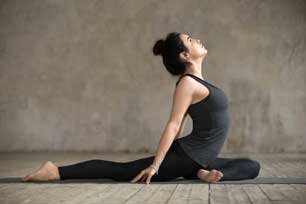
A step-by-step guide to doing the Pigeon Pose
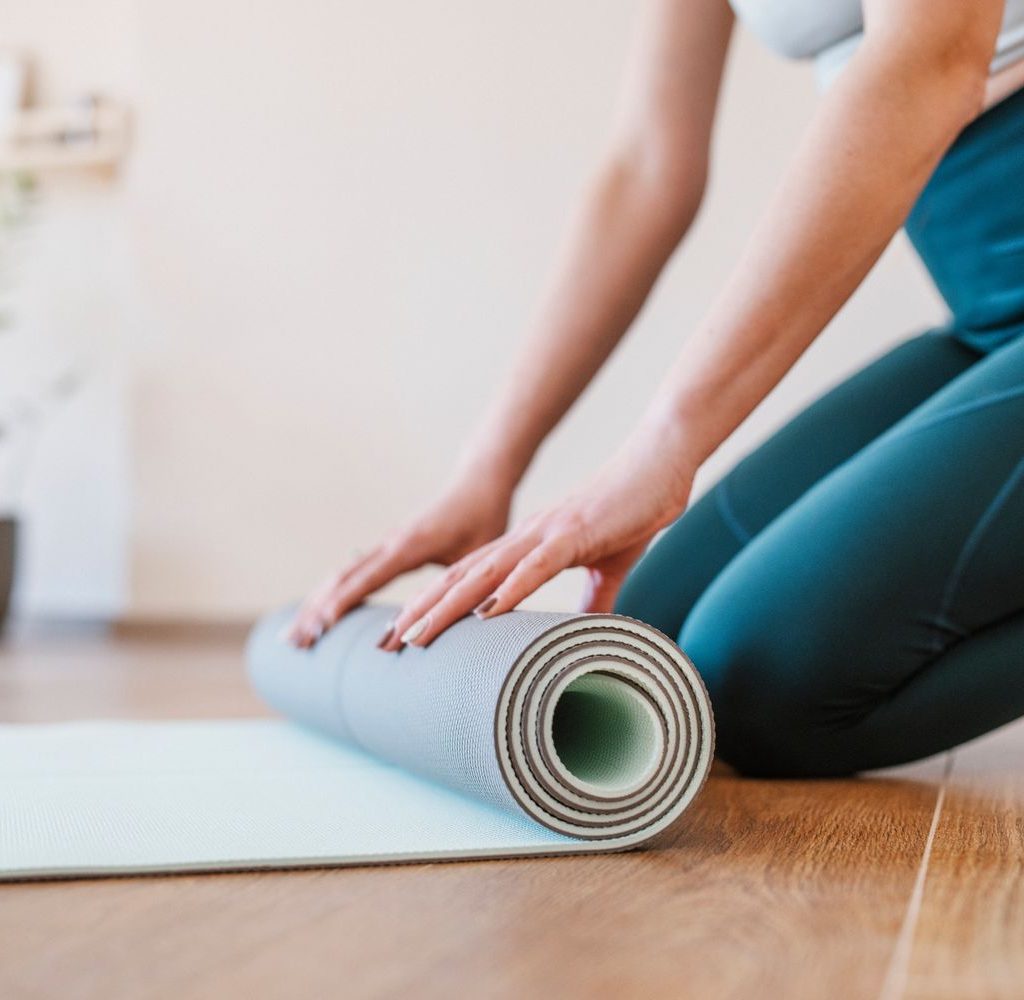
Here is how you can perform the pigeon pose:
- Bring your right knee up to your right wrist. It might be located right behind your wrist or at the outer or inner edge, depending on your body.
- Try out different positions to see what works best for you and offers a stretch to your outer hip without causing pain in the knee.
- Your right ankle should be placed in front of your left hip. Now, take your left leg back and point your toes, while your heel is facing in the direction of the ceiling.
- Join your hips together by bringing your legs towards each other.
- If it helps, add some support under your right buttock. It will make sure that your hips are balanced.
- As you inhale, move onto your fingertips, stretch your spine, pull in your navel, and open your chest.
- As you exhale, move your hands forward and lower your upper body towards the ground.
- Place your forearms and forehead on the mat.
- Remain in this pose for at least five breaths and with each exhale attempt to reduce the tension in your right hip.
- To come out of the pose, push back through the hands, lift your hips and move your leg back into all fours. Repeat on the other side.
You can find out a detailed guide on the right way to do this pose here:
Modifications for the Pigeon Pose

There are many variations of the pigeon pose that you can try out. Here are a few of our favourites!
– If your hips are too tight and you are unable to get into the full pigeon pose, try out the sitting pigeon pose.
- To do this, sit on a mat with your legs out in front of you like you would for the full pose.
- Now, make sure to keep your feet as close together as possible.
- Next, cross your right leg over your left leg and place the sole of your foot on your inner thigh.
- Make sure to keep your knees as close to the ground as possible.
- This will help you to open up your hips and release tension if you are suffering from lower back pain.
– If you are unable to sit up straight during the full pigeon pose, try out the supine pigeon pose.
- To do this, lie down on your back and relax. Now, make sure to keep your feet as close together as possible and place them on the ground just below your knees.
- This variation is likely to offer all of the same benefits as the full pigeon pose.
Counter poses
Knees-to-Chest
Knees-to-Chest is often considered a soothing counterpose to a more strenuous pose like Pigeon. While lying on your back, draw your knees toward your chest, hugging them if you can.
Similar poses to the Pigeon pose
If you are looking for a pose that offers similar benefits as the pigeon pose, here you go 👇🏻
- Baddha Konasana (Bound Angle Pose)
Baddha Konasana (Bound Angle Pose) is a go-to pose for opening the hips and stretching the inner thigh muscles. - Gomukhasana (Cow Face Pose) legs
Gomukhasana (Cow Face Pose) stretches your entire body—your shoulders and arms, your ankles, hips, thighs and back.
Key benefits

Here are some of the benefits of doing this pose:
- The pose is a great way to open the hips and stretch the muscles that surround the hips and knees, perfect for runners or those who spend a lot of time on their knees.
- It also stretches the lower back, strengthening the core and the muscles around the spine. There are many other benefits to be found in this one pose.
- It is also said to improve your mood and reduce stress. It stimulates the parasympathetic nervous system, which is responsible for regulating your stress levels and calming you down.
- It is also said to improve your posture and balance. As the pose stretches and strengthens the core, it improves your posture and makes you more balanced.
- Additionally, This pose is also believed to be good for your reproductive system. You can practice it during menstrual cycle to reduce cramping.
- The pose is also said to be good for your digestive system, as well as your organs, such as the liver and kidneys. It also regulates your metabolism.
All in all, this pose truly is a pose that has many benefits to be gained by practicing it regularly.
Important Precautions for Practicing the Pigeon Pose
Besides the benefits, there are a few precautions to be aware of when practicing the pigeon pose.
- If you are currently experiencing lower back pain, it is advised that you avoid this pose as the pressure on your lower back may worsen your pain.
- If you are unsure whether or not the pose is right for you, it is best to speak with a medical professional first.
- Furthermore, the pigeon pose is also not advised for women who are pregnant. As it may have an adverse effect on you and your unborn child.
- Apart from this, the pigeon pose is not advised for people with knee issues. The weight of your body will put unnecessary pressure on your knees and may cause you pain. If you have knee problems, it is best to avoid the pose.
Conclusion
The pigeon pose is a great way to start your day and begin your day with a calm mind and a clear focus.
Share with your friends and family to encourage them to do this helpful yoga pose.
Happy Yogaing


